The A7S III was the long awaited successor to the A7S II and arrived more than four years after its predecessor. Like all cameras in the S line, its focus is video and it is designed for professional filmmakers.
The A7 IV is the jack of all trades in the A7 line-up. It shares interesting characteristics with the A7S III as well as other cameras such as the flagship A1. It is also less expensive, so I figure some of you will wonder if it can be a great second-camera to use alongside the S model. Let’s find out if this is the case.
Here is what they have in common:
- weather sealing
- 10fps max. drive speed* (more than 1,000 JPG or compressed RAW)
- 5.5Ev in-body stabilisation, Active mode and Catalyst option
- 10-bit HEIF / HDR image file option (in addition to JPG and RAW)
- latest generation menu system, compatible with touch sensitivity
- Full sized HDMI port
- microphone input, headphone output (3.5mm)
- Digital audio interface and 24-bit 4 channels recording (with compatible microphones)
- NP-FZ100 battery with similar rating
- USB charging and PD
Note: according to early reviews, the A7 IV seems to be able to record at 10fps only with Lossy compressed RAW or JPG. The speed otherwise drops to 6fps. Even with lossy compressed RAW, you need to use the CFexpress card to maintain the fastest speed (or accept 8fps with SD cards). I’ll update this paragraph if later reviews confirm or correct this early impression.

More Sony A7 IV comparisons:
A7 III vs A7 IV – A7 IV vs A7R IV
A7 IV vs A7S III – A7 IV vs A7R III
A7 IV vs A9 II – A7 IV vs A7C
A7 IV vs Z6 II – A7 IV vs R6
Ethics statement: the following is based on official information about the A7 IV and A7S III. We were not asked to write anything about these products, nor were we provided with any sort of compensation. Within the article, there are affiliate links. If you buy something after clicking the link, we will receive a small commission. To know more about our ethics, you can visit our full disclosure page. Thank you!
1. Movie recording
Let’s begin with video, since the A7S model mainly targets video-makers, who might also be interested in seeing if the A7 IV can be a good camera to run alongside it.
The main difference is that the A7S III can record 4K at 120p (with a small 1.1x crop), and 4K up to 60p without crop.
The A7 IV goes up to 4K 30p without a sensor crop, but 4K 60p only works in Super35/APS-C mode (1.5x crop).
In Full HD, the A7S model reaches 240fps, versus 120fps on the A7 IV.
One advantage of the A7 IV is that it uses more data (pixels) to create the 4K video, because it has more megapixels on the sensor (33MP vs 12MP). Up to 30p, it over-samples a 7K region in comparison to the 4.2K region used by the A7S III. This should translate into better sharpness and detail rendering for the A7 IV, although we have to see what concrete benefits it brings in real world use.

There are many other things that are similar on the two cameras, including:
- 10-bit 4:2:2 (internal and via HDMI)
- H.265 codec option
- Up to 600Mbps (with the ALL-Intra codec)
- S-Log2, S-Log3, HLG, S-Cinetone
- Creative Looks
- no recording limitation thanks to the heat dissipation structure inside the camera body
If you’re interested in using an external recorder, the A7S III can also enable 16-bit RAW video (up to 60p) when used with the Atomos Ninja V.
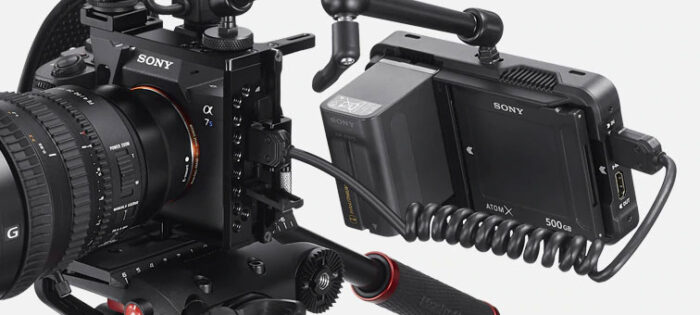
Finally, there are a few additions to the A7 IV. One is called Breathing compensation. When activated, it eliminates or reduces (depending on the lens used) the breathing effect caused by the change in focus distance. Note that the field of view is reduced a little as a result. This feature doesn’t work with every lens however. You can see a list on the Sony website.
The other interesting one is named Shot Mark. It allows you to add markers along your video clips that you can read later in Sony’s Catalyst softwares.
2. Sensor and ISO range
I mentioned the difference in sensor resolution, so let’s dig a bit further into this. The A7 IV uses a 33MP BSI sensor, whereas the A7S III has a 12.1MP BSI chip.
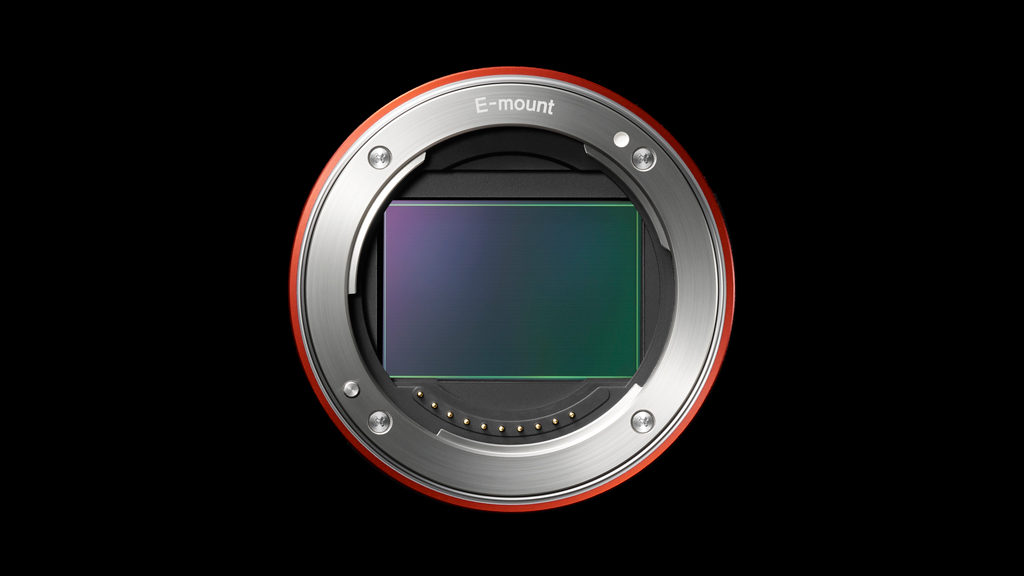
The lower resolution on the A7S model allows it to have a wider ISO range than the mark IV camera:
| A7 IV | A7S III |
|---|---|
| 100-51,200 ISO (normal) | 80-102,400 ISO (normal) |
| 50-204,800 ISO (extended) | 40-409,600 (extended) |
Both cameras feature the same latest generation image processor, the BionZ XR.
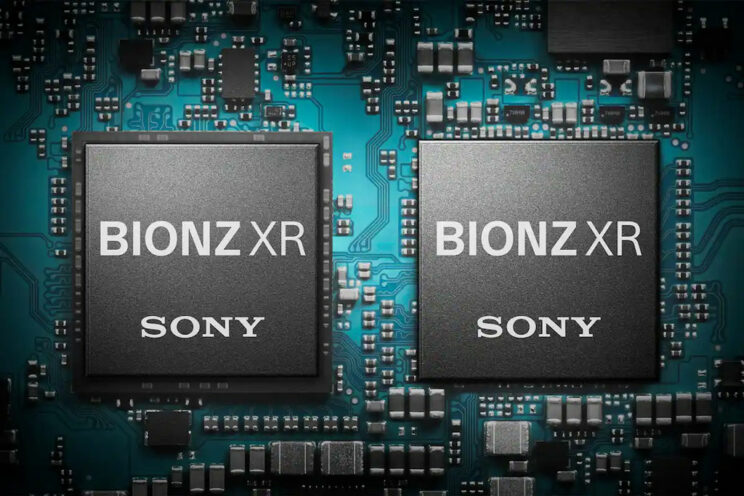
Another welcome addition on the A7 IV is the possibility of choosing a third compression option for the RAW files, Lossless compressed. On the A7S III, it’s either compressed or uncompressed.
3. Eye AF and Autofocus sensitivity
The two cameras feature the same hybrid autofocus system, with 759 phase detection and 425 contrast detection points.
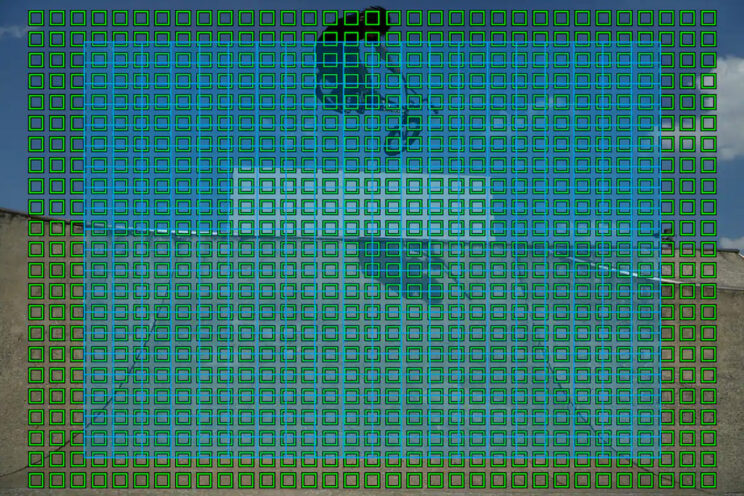
They have advanced algorithm with deep learning that include real-time tracking (the cameras analyse colour, brightness, depth, face and eyes to follow the subject more precisely) and real-time Eye AF.
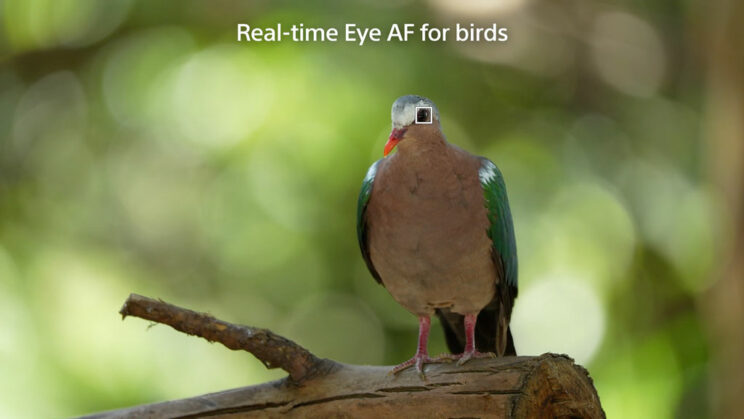
There are a few differences to highlight. The first concerns Eye AF:
| Eye AF | A7 IV | A7S III |
|---|---|---|
| Photos | humans animals / birds | humans animals |
| Video | humans animals / birds | humans |
The second concerns the low light sensitivity, where the S model has a two stops advantage:
- A7 IV: -4Ev with a F2 lens
- A7S III: -6Ev with a F2 lens
Another smaller difference is an extra setting on the A7 IV called AF assist, which allows you to change focus manually even when the camera is set to C-AF or Tracking.
4. Viewfinder and LCD monitor
The A7S III has an outstanding viewfinder with 9.44M dots of resolution, a large magnification of 0.9x (adjustable) and an eyepoint of 25mm.
The EVF of the A7 IV pales by comparison, with 3.69M dots, 0.78x magnification and a 23mm eye point.
Both viewfinders can work at a maximum refresh rate of 100Hz (PAL) or 120Hz (NTSC).
As for the rear monitor, the A7S III has more resolution: 1.44M vs 1.04M dots on the A7 IV. Both monitors are multi-angle and touch sensitive.
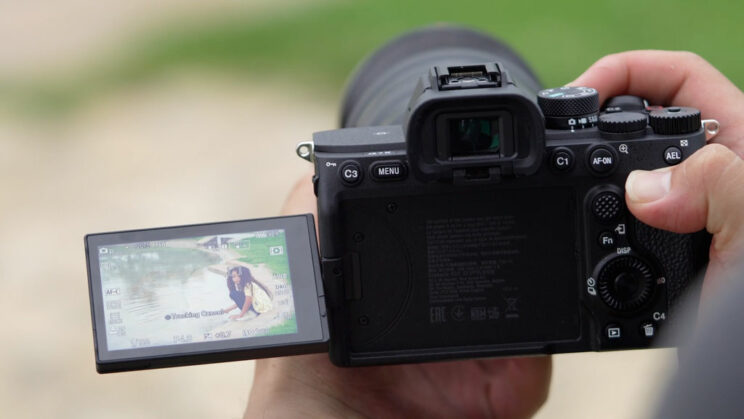
5. Design and customisation
As teased at the beginning of the article, the two cameras share the same design and button layout. The dimensions are similar, although the A7 IV is slightly larger and the A7S III a bit heavier.
- A7 IV: 131.3 x 96.4 x 79.8mm, 658g
- A7S III: 128.9 x 96.9 x 80.8mm, 699g
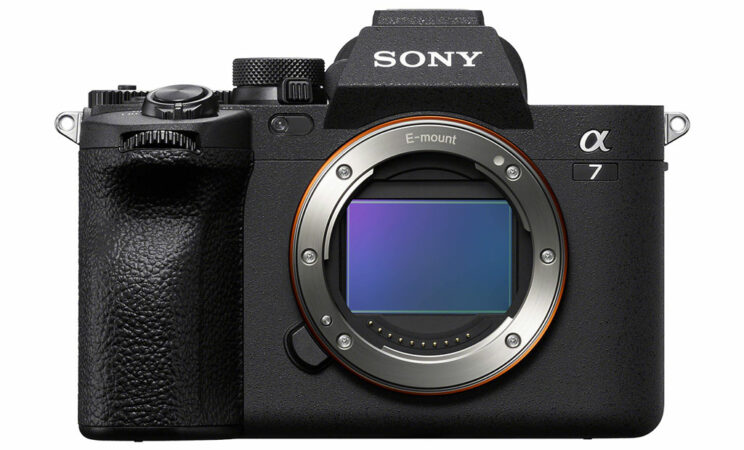
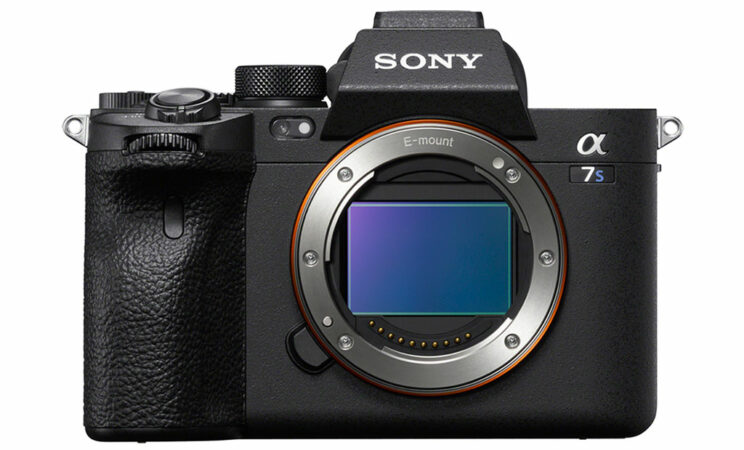

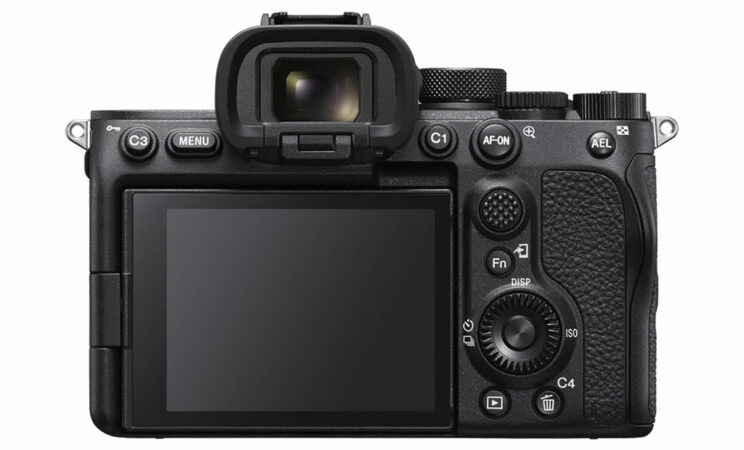
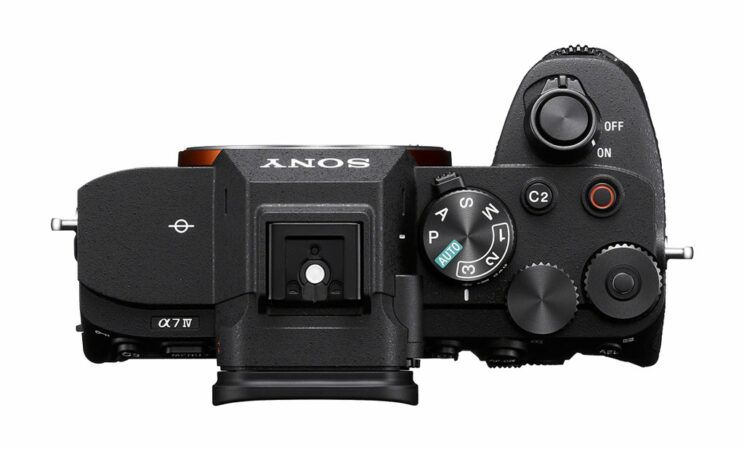
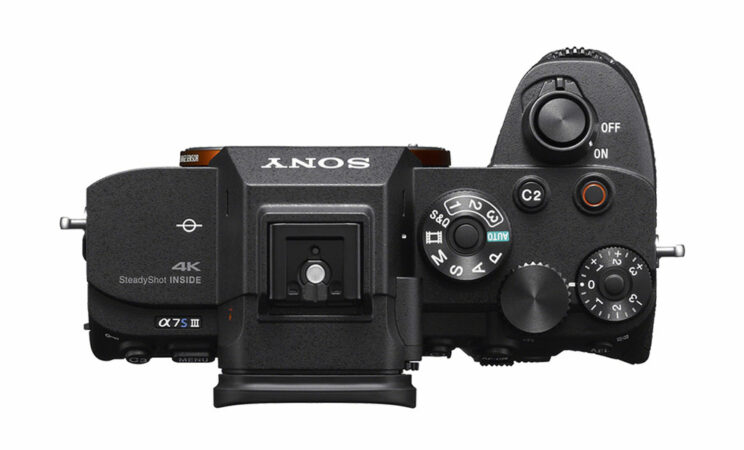
The only two differences you can notice on the outside, apart from the name, are the exposure compensation dial and the hybrid dial on top.
On the A7 IV, you don’t have any markings because the exposure compensation dial can be customised and used for something else, if you wish.
Then, the A7 IV has a secondary dial underneath the main one, which allows you to switch between Photo, Video and Slow&Quick modes. This allows you to use the stacked dials to combine the selected photo or video mode with one of the exposure methods (manual, semi-autos, program or auto), without the need to go inside the menu.
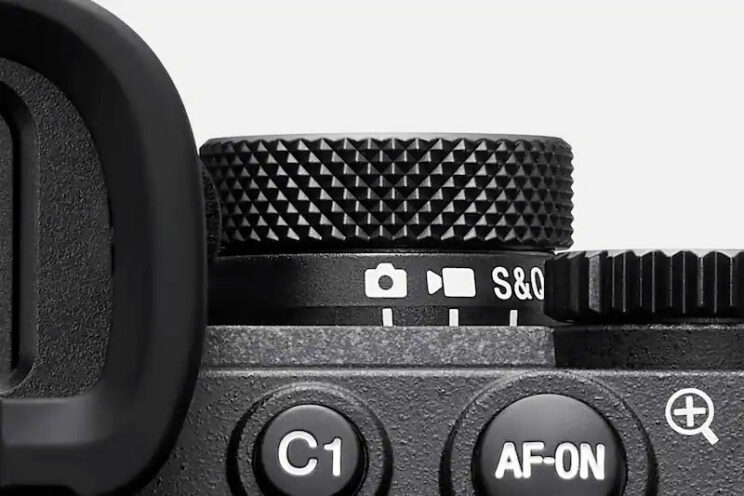
The mark 4 model offer extra possibilities when it comes to customisation:
- you can configure the various dials differently in Manual mode vs other shooting modes
- settings such as aperture, ISO, white balance, metering etc. can be set independently in still and video mode
6. SD / CFexpress Cards
Both cameras feature two card slots.
The A7S III can take UHS-II SD cards or CFexpress Type A cards in each slot. CFexpress is required if you want to record 4K 120p with the All-Intra codec.
The A7S IV is compatible with the same type of cards, but CFexpress is accepted on the first slot only.
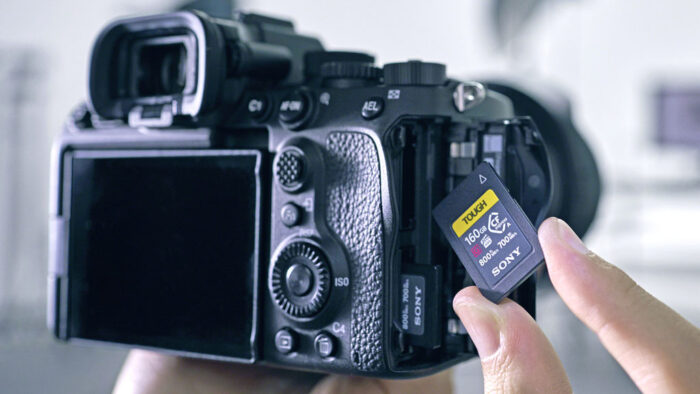
7. Variable shutter
First introduced on the flagship A1, the Variable shutter is now available on the A7 IV as well.
It allows you to set a very precise shutter speed, with a higher degree of precision than the usual 1/3 step. With real-time change in the live view, you can see which value to use to eliminate the flickering of certain artificial light sources such as LED, which can be more difficult to eliminate with the Anti-flicker mode function.
It is available for stills and video.
8. Streaming
Since the lockdown, most digital camera manufacturers have brought updates to make their products more straightforward to use for video streaming.
The A7 IV goes a step further by becoming, in fact, a webcam. Once you select the USB streaming option in the menu, you just need to connect it to the computer and start using it like you would any other webcam. No extra software is required, unlike the A7S III that needs the Imagine Edge app installed on the computer.
The A7 IV can work in Full HD (up to 60p) and 4K (at 15p however).

9. A few extra things
The A7 IV comes with a few extra settings that you won’t find on the A7S III. Among those worth highlighting we find:
- Focus Map: it shows you the amount of depth of field in your image by overlaying in blue the zones that are blurred in the foreground, and in red what is out of focus in the background.
- Anti-dust Function: when activated, the shutter curtains remain close when the camera is switched off. This allows you to change lenses while keeping the sensor protected. This idea was first seen on the Canon EOS R
- USB at 10Gbps: both cameras feature a USB Type C port, but the one on the A7 IV can work at 10Gbps, as opposed to 5Gbps on the A7S III
A curiosity about the A7S III concerns Auto White Balance, where the camera measures the WB more accurately thanks to a Visible Light and IR sensor.
10. Price
The A7 IV is less expensive, being launched at the retail price of $2500, £2400 or €2800.
The A7S III is more expensive, available for the body only at $3500, £3800 or €4200.
Note: prices are as of late October 2021.
Conclusion
I think the A7 IV has many characteristics that can satisfy pro video-makers, such as 10-bit internal recording, various codecs and bitrates to choose from, and various image settings including the latest S-Cinetone.
The A7S III keeps for itself a few key selling points: better high ISO performance, 4K at 120p (not available on the A7 IV), 4K 60p without a sensor crop and 16-bit RAW via the HDMI output. And let’s not forget about that 9M dot EVF!
As a hybrid or photographic tool, many will be tempted by the higher resolution sensor of the A7 IV, the lower price and the latest software updates that bring extra features for the autofocus among other things.
But if your interest is video and you have the budget, the A7S III is a superb camera for movie recording.
Check price of the Sony A7 IV on
Amazon | Amazon UK | B&H Photo | eBay
Check price of the Sony A7S III on
Amazon | B&H Photo | eBay
Second-hand Sony gear on
MPB US | MPB UK
More Sony A7 IV comparisons:
A7 III vs A7 IV – A7 IV vs A7R IV
A7 IV vs A7S III – A7 IV vs A7R III
A7 IV vs A9 II – A7 IV vs A7C
A7 IV vs Z6 II – A7 IV vs R6
